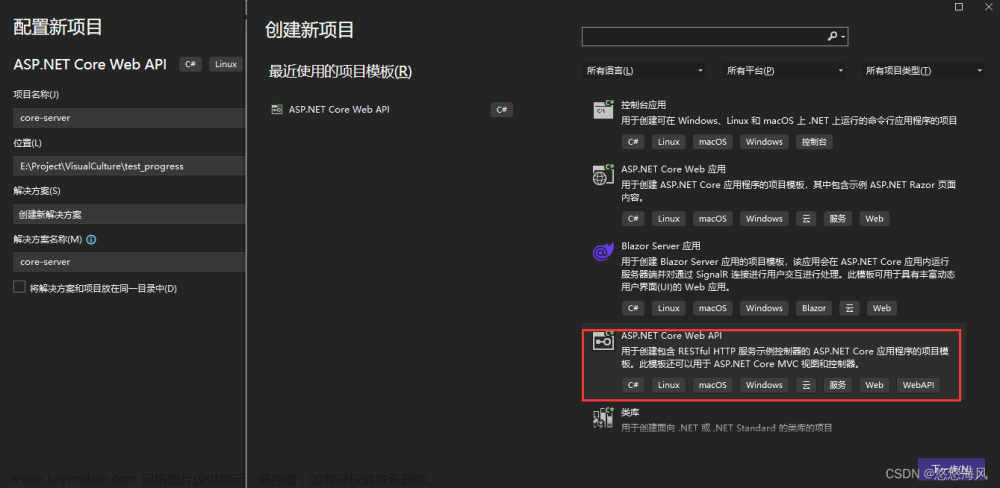考虑以下 TypeScript 代码片段:
function processInput(input: string | number): void {
if (typeof input === "string") {
console.log(`Input is a string: ${input.toUpperCase()}`);
} else if (typeof input === "number") {
console.log(`Input is a number: ${input.toFixed(2)}`);
}
}
const example1: string | number = "Hello";
const example2: string | number = 42;
processInput(example1);
processInput(example2);
1、请解释 processInput 函数的作用和输入参数的类型。
2、解释变量 example1 和 example2 的类型注解。
3、描述 TypeScript 在调用 processInput(example1) 和 processInput(example2) 时是如何进行类型推导的。
解答:
1、processInput 函数接受一个参数 input,该参数的类型是 string 或 number。函数根据输入参数的实际类型,在控制台输出不同的信息。如果 input 是字符串,则输出其大写形式;如果是数字,则输出其保留两位小数的形式。
2、example1 和 example2 的类型注解分别是 string | number,表示这两个变量可以是字符串或数字类型的值。文章来源:https://www.toymoban.com/news/detail-810628.html
3、在调用 processInput(example1) 时,TypeScript 推导出 example1 是字符串类型,因为它在声明时被赋值为字符串。在调用 processInput(example2) 时,TypeScript 推导出 example2 是数字类型,因为它在声明时被赋值为数字。这种类型推导使得函数在运行时能够正确地处理不同类型的输入参数。文章来源地址https://www.toymoban.com/news/detail-810628.html
到了这里,关于Typescript的类型推导与联合类型的文章就介绍完了。如果您还想了解更多内容,请在右上角搜索TOY模板网以前的文章或继续浏览下面的相关文章,希望大家以后多多支持TOY模板网!












